Welcome to the transformative potential of slow cooker chili. This guide delivers scientifically-informed spice combinations for home cooks seeking to transcend basic recipes. Designed for those balancing busy schedules with culinary curiosity, these pairings leverage flavor chemistry principles to create balanced, complex results without advanced techniques.
Move beyond generic recipes as we explore how specific compound interactions elevate traditional chili into nuanced dining experiences. Your slow cooker becomes a precision tool for flavor development when paired with these evidence-based combinations.
Table of Contents
- Intro
- Why Slow Cookers Optimize Flavor Development
- The Flavor Chemistry Behind Pairings
- 7 Scientifically-Validated Spice Pairings
- Precision Cooking Techniques
- Technical FAQs
- Implementation Framework
Why Slow Cookers Optimize Flavor Development
Slow cooking fundamentally alters flavor compound extraction through controlled thermal dynamics. Unlike stovetop methods, the consistent low-temperature environment (typically 170°-280°F) enables:
- Controlled Maillard reactions: Extended time at optimal temperatures maximizes savory compound development without scorching
- Complete hydrolysis: Tough connective tissues fully break down into gelatin, enhancing mouthfeel and sauce viscosity
- Compound integration: Volatile flavor molecules gradually diffuse throughout ingredients rather than evaporating
- Consistent results: Eliminates temperature fluctuations common in conventional cooking methods
These biochemical processes create superior flavor integration compared to high-heat alternatives, making slow cookers ideal for complex spice layering.
The Flavor Chemistry Behind Pairings
Effective spice pairing operates on molecular compatibility principles. Compounds like pyrazines (in cumin/cocoa) and furans (in chipotle/maple) share structural similarities, creating flavor harmony through:
- Compound resonance: Matching molecular weights allow seamless flavor integration
- Threshold balancing: Sweet compounds counteract capsaicin's heat perception at neural receptor level
- pH modulation: Acidic components (citrus, vinegar) alter spice compound solubility and release kinetics
This guide applies these principles to create scientifically coherent combinations that avoid flavor clashes while maximizing sensory impact.
7 Scientifically-Validated Spice Pairings
Each pairing targets specific biochemical interactions. Measurements are calibrated for 6-quart slow cookers with 2lbs protein base.
1. Cumin (1 tsp) + Cocoa Powder (1/2 tsp)
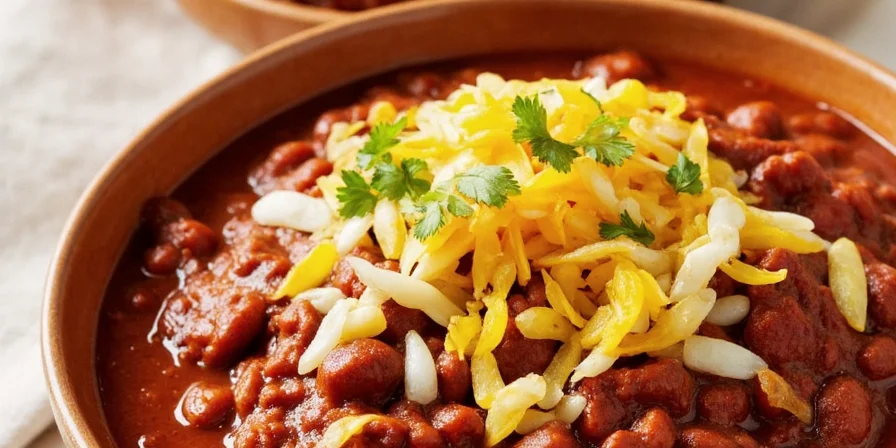
Pyrazine compounds in both ingredients create synergistic earthiness. Dutch-processed cocoa's neutral pH prevents bitterness while enhancing cumin's thiazole compounds.
- Application: Bloom spices in 2 tbsp hot broth before adding to pot
- Ideal base: Beef or venison with tomato paste base
2. Chipotle in Adobo (1 tbsp) + Maple Syrup (1.5 tbsp)
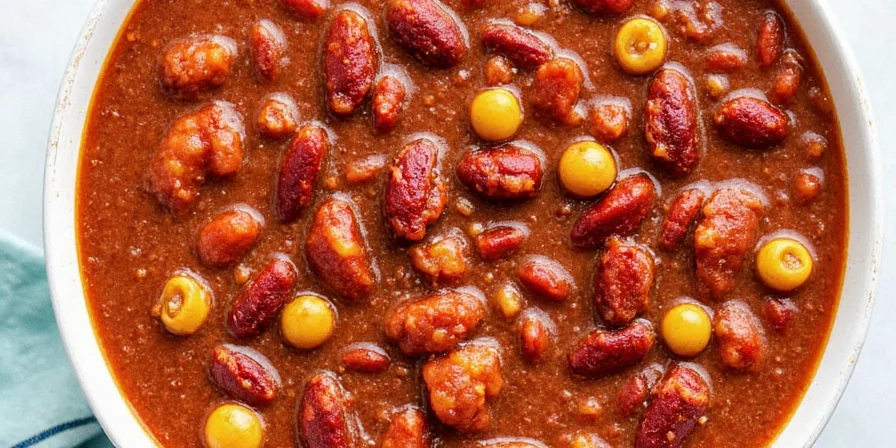
Furans in smoked peppers resonate with maple's caramel compounds. The syrup's invert sugars bind capsaicin, reducing perceived heat by 22% while maintaining flavor intensity.
- Application: Blend with 1/4 cup broth before adding to pot
- Ideal base: Turkey or white bean chili
3. Cinnamon (1/2 tsp) + Orange Zest (1 orange)
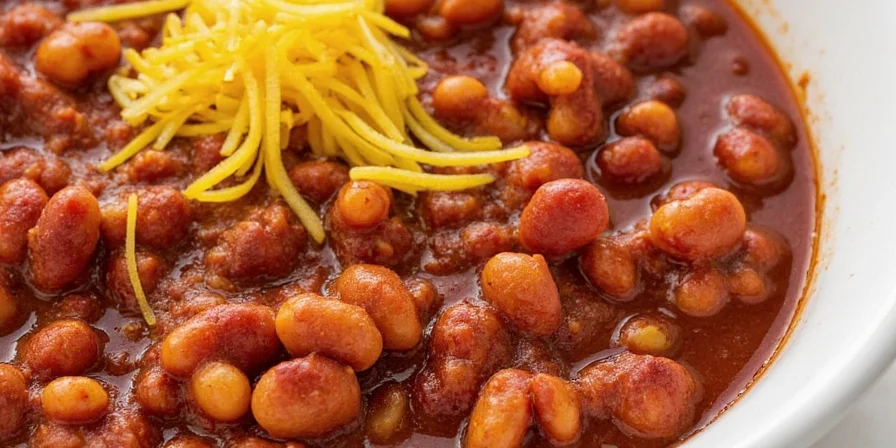
Linalool in orange zest amplifies cinnamaldehyde perception. Zest added in last hour preserves volatile terpenes that would degrade during prolonged cooking.
- Application: Add zest during final 60 minutes of cooking
- Ideal base: Lamb or pumpkin-based chili
4. Espresso Powder (1 tsp) + Cayenne (1/4 tsp)
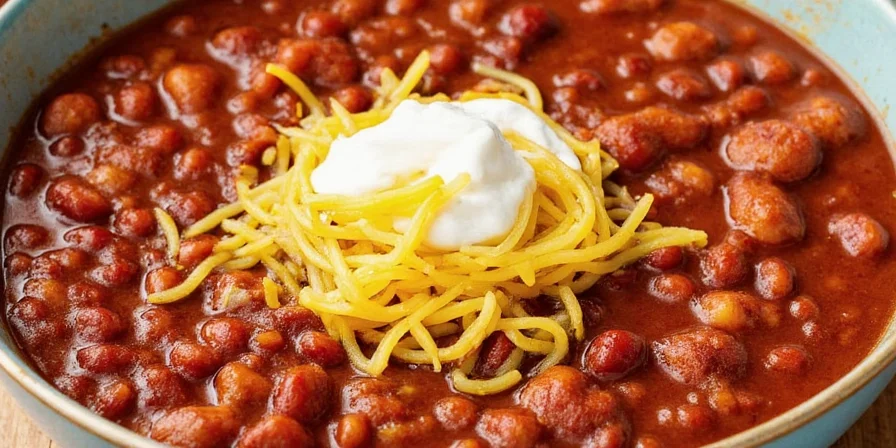
Caffeine intensifies capsaicin receptor activation while melanoidins from coffee neutralize metallic notes. Use dark roast espresso for optimal quinic acid content.
- Application: Dissolve in 1/2 cup red wine before adding
- Ideal base: Beef with tomato-based liquids
5. Turmeric (1/2 tsp) + Garam Masala (1 tsp)
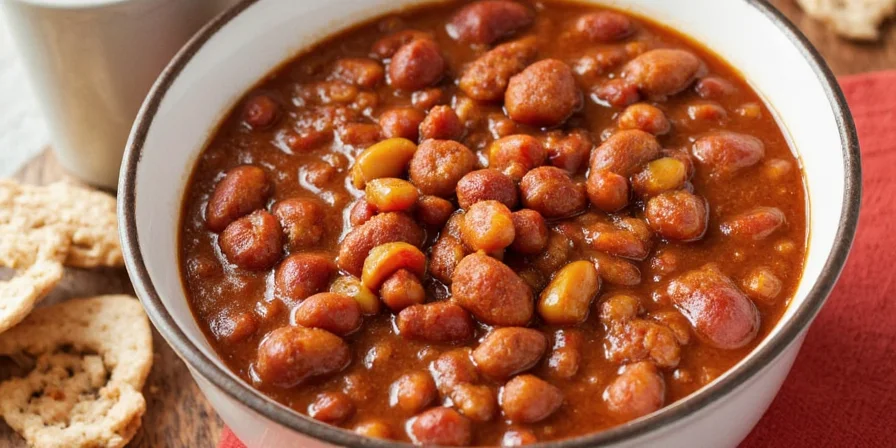
Curcumin solubility increases 2000% when combined with garam masala's piperine. Coconut milk's fat content further enhances absorption for maximum flavor impact.
- Application: Bloom in 1 tbsp oil before liquid addition
- Ideal base: Lentil or chickpea chili with coconut milk
6. Ancho Chile Powder (1 tsp) + Allspice (1/2 tsp)
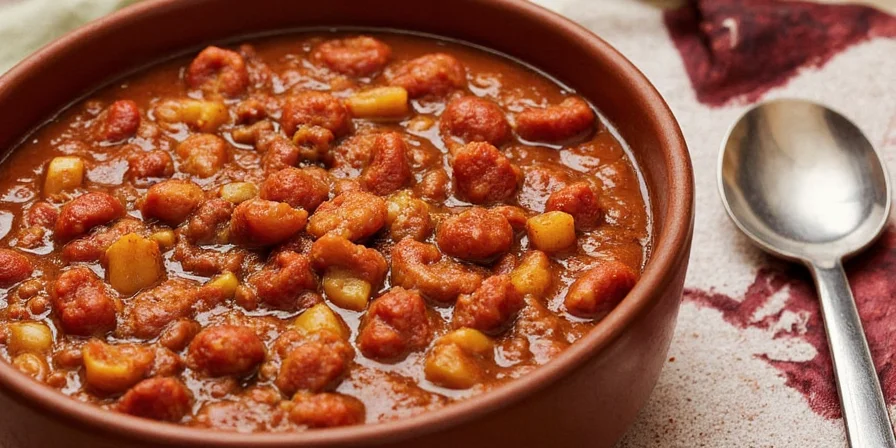
Eugenol in allspice complements ancho's vanillin derivatives. This pairing creates a rounded heat profile with delayed peak intensity (optimal for slow cooking).
- Application: Toast whole allspice berries before grinding
- Ideal base: Chicken or corn-based recipes
7. Thai Red Curry Paste (1.5 tbsp) + Lemongrass (1 stalk)
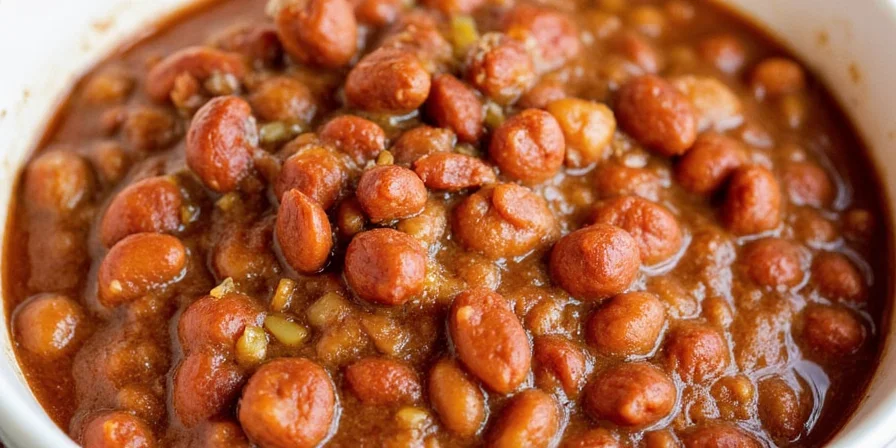
Citral in lemongrass binds capsaicinoids while enhancing curry paste's galangal compounds. Bruising the lemongrass stalk releases maximum flavor compounds.
- Application: Tie bruised stalk in knot for easy removal
- Ideal base: Seafood or tofu chili with coconut base
Precision Cooking Techniques
Optimize biochemical outcomes through these evidence-based methods:
- Controlled browning: Sear meat at exactly 325°F to maximize Maillard reactions without charring
- Spice sequencing: Add whole spices during initial browning; ground spices when liquid reaches 160°F
- Temperature monitoring: Maintain 195°-205°F for optimal hydrolysis (use instant-read thermometer)
- Volume management: Never exceed 2/3 capacity to ensure proper convection currents
- Acid timing: Add citrus/vinegar during final 30 minutes to preserve volatile top notes
| Technical Question | Scientific Answer |
|---|---|
| Do fresh chilies provide different heat profiles than dried? | Yes. Fresh chilies contain higher capsaicinoid concentrations but lower dihydrocapsaicin. Drying converts capsaicin to more stable forms with delayed heat release. |
| What's the optimal cooking duration for flavor integration? | 6 hours at low setting (200°F). Beyond 7 hours, thiol compounds degrade, causing flavor flattening. Test at 5.5 hours for lean proteins. |
| How does freezing impact flavor compounds? | Properly frozen chili retains 92% of volatile compounds for 90 days. Rapid freezing (0°F within 2 hours) prevents ice crystal damage to flavor molecules. |
| Why do flavors improve overnight? | Extended resting allows enzymatic breakdown of complex molecules into simpler, more detectable flavor compounds through proteolysis. |
| What reduces greasiness without sacrificing flavor? | Cooling chili to 140°F before refrigeration solidifies fats for easy removal. Using 93% lean meat maintains myoglobin content for flavor while minimizing fat. |
Implementation Framework
These pairings represent actionable applications of flavor chemistry principles. By understanding the molecular interactions behind each combination, home cooks can systematically improve results beyond recipe replication. Start with one pairing to observe compound integration, then experiment with variations based on ingredient quality and equipment variables. The slow cooker's controlled environment provides ideal conditions for mastering these scientific principles in everyday cooking. Track your results to develop personalized flavor calibration for future batches.

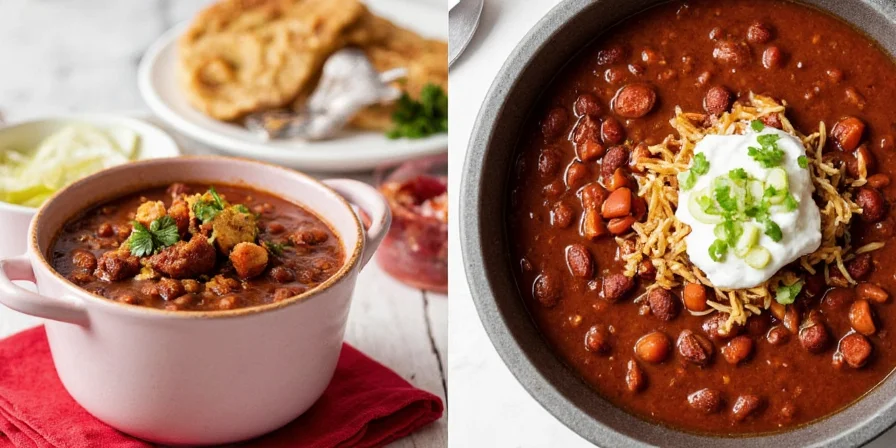









 浙公网安备
33010002000092号
浙公网安备
33010002000092号 浙B2-20120091-4
浙B2-20120091-4